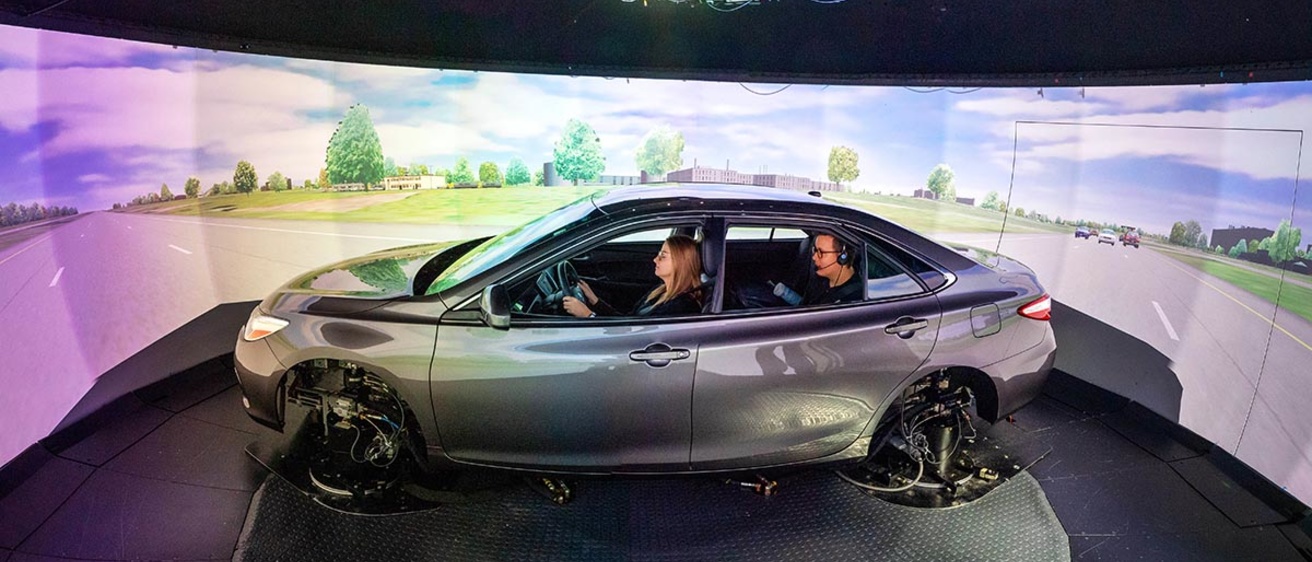The University of Iowa Driving Safety Research Institute was recently awarded $2 million from the National Highway Traffic Safety Administration (NHTSA) to analyze the effectiveness of driver monitoring systems on their ability to detect if someone is driving while drunk—specifically, if they are over the legal limit or not.
Various types of driver monitoring systems can be found on new vehicles today, which assess driver drowsiness or distraction and can alert the driver to take a rest or keep their eyes on the road, respectively. To accomplish this, a camera inside the vehicle tracks eye and head movement. A new generation of driver monitoring systems are now being developed that may be able to identify which drivers are over the legal blood alcohol content (BAC) level.
“This study is significant because its results could be used in the future to help prevent or reduce the number of alcohol related crashes,” said Tim Brown, director of drugged driving research.
The study will have participants drive in a driving simulator at four distinct times: when they are alert and sober, when they are drowsy and sober, when their BAC is at 0.08, and again when their BAC is at 0.12. Investigators will collect data on driver performance, eye tracking, head and body movements, heart rate, and respiration among others.
“It’s important to differentiate between drivers who are drunk and drivers who are drowsy or otherwise impaired,” explained Brown, “and figuring out which of those measures are most sensitive in differentiating the type of impairment?”
Eligible participants will be recruited through the university’s drivingstudies.com starting in the spring of 2025.
